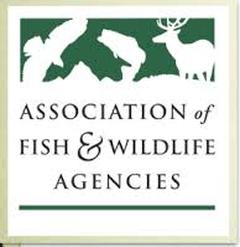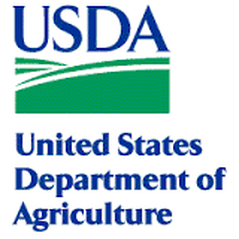Best Management Practices for Trapping
Update: our work has been accepted for publication in Wildlife Monographs by The Wildlife Society in January 2021!
Check out Our Publications to download.
The Association of Fish and Wildlife Agencies (AFWA) established the Best Management Practices (BMP) for Trapping in the United States in 1998 as part of an international effort to evaluate trapping devices and techniques for capturing furbearers, with the ultimate goal of improving animal welfare. Scientific evaluation occurs through collection of field data under standardized protocols and using those data to determine whether a particular make and model of trap meets the pre-determined criteria related to animal welfare, efficiency, selectivity, practicality, and safety. One of the goals of the BMPs is the continued improvement of traps and trapping systems for furbearers.
Since 1998, AFWA has collected data, including on ISO injury scores, capture selectivity, and capture efficiency, for 22 species during the BMP process, with documents openly available online. These documents provide great value for state and federal managers, individual trappers, and others to make informed decisions. However, the BMP documents describe only devices that have passed based on the 5 aforementioned criteria, and are not designed to provide a full comparison among trap types, trap characteristics, and other factors that affect those criteria. Minimizing concerns about animal welfare is critical to the continued use of foothold traps, so a comprehensive understanding of how different design characteristics affect injury scores would allow for continued advancements in trapping and help ensure the continued use of these highly effective traps. Other factors, such as capture selectivity and capture efficiency, can also be quantified and compared among designs, by species, etc. The Wildlife Ecology Institute is working closely with AFWA, the U.S. Department of Agriculture, and many state wildlife agencies to formally analyze BMP data and publish the results in a peer-reviewed scientific journal.
Update: our work has been accepted for publication in Wildlife Monographs by The Wildlife Society in January 2021!
Check out Our Publications to download.
The Association of Fish and Wildlife Agencies (AFWA) established the Best Management Practices (BMP) for Trapping in the United States in 1998 as part of an international effort to evaluate trapping devices and techniques for capturing furbearers, with the ultimate goal of improving animal welfare. Scientific evaluation occurs through collection of field data under standardized protocols and using those data to determine whether a particular make and model of trap meets the pre-determined criteria related to animal welfare, efficiency, selectivity, practicality, and safety. One of the goals of the BMPs is the continued improvement of traps and trapping systems for furbearers.
Since 1998, AFWA has collected data, including on ISO injury scores, capture selectivity, and capture efficiency, for 22 species during the BMP process, with documents openly available online. These documents provide great value for state and federal managers, individual trappers, and others to make informed decisions. However, the BMP documents describe only devices that have passed based on the 5 aforementioned criteria, and are not designed to provide a full comparison among trap types, trap characteristics, and other factors that affect those criteria. Minimizing concerns about animal welfare is critical to the continued use of foothold traps, so a comprehensive understanding of how different design characteristics affect injury scores would allow for continued advancements in trapping and help ensure the continued use of these highly effective traps. Other factors, such as capture selectivity and capture efficiency, can also be quantified and compared among designs, by species, etc. The Wildlife Ecology Institute is working closely with AFWA, the U.S. Department of Agriculture, and many state wildlife agencies to formally analyze BMP data and publish the results in a peer-reviewed scientific journal.
Copyright 2024 Wildlife Ecology Institute

